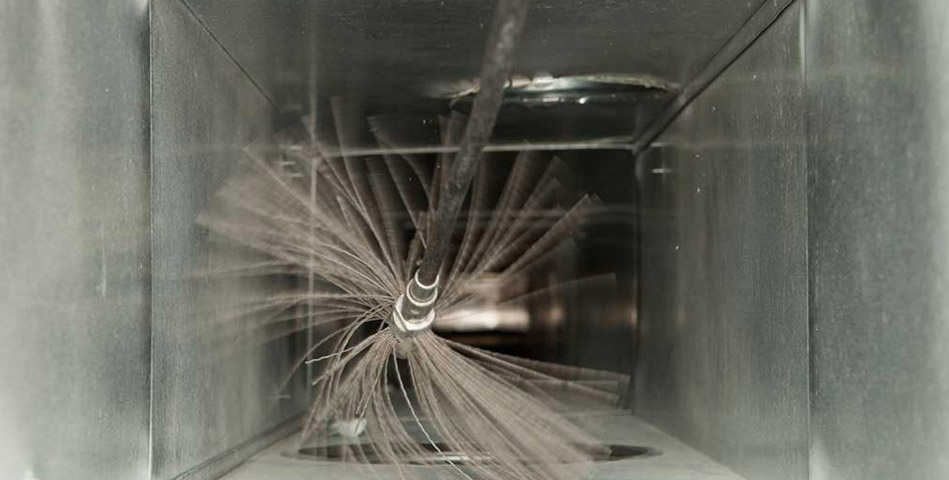Can You Get Sick Out Of Bad Air?
Didn’t you know? air, when filled with pollutants, is a low-key killer. According to the Institute for Health Metrics and Evaluation (IHME), polluted air kills about 1.6 million people prematurely every year.
So, it is not strange for someone to be paranoid about the air quality of his or her house. People who spend a lot on their house’s indoor air filtration system are not spending money for anything. In fact, you should follow their example.
Having second thoughts? Knowing about the four major air pollutants that this article features might help you decide.
Cigarette Smoke
The health consequences of cigarettes are not new to you. Staining, tuberculosis, throat cancer, mouth disease, chronic obstructive pulmonary diseases (COPD), minor immune system damage – the list goes on.
But, did you know that cigarette smoke is more lethal to the other person who inhales it aside from the smoker?
Cigarette smoke contains traces of harmful chemicals such as lead, benzene, acrolein, and formaldehyde. Exposure to lead can feel draining. Acrolein may cause cardiac failure. Allergy-like symptoms might manifest when you are exposed to formaldehyde. Finally, benzene is a carcinogen as experts have proved.
And so, it is not a bad idea to scold someone who smokes in your house. If you do not like to offend people, you can also make a smoking room inside the house and install it with an exhaust fan.
Combustion Pollutants
Here’s the deal, so long as civilization is around the air that you breathe is never safe. We, human beings, burn fuel for cooking, transportation, and production. This results in a sheer amount of carbon monoxide and nitrogen dioxide in the air.
Carbon monoxide causes neurological damage. Research from the African Journal of Pharmacy and Pharmacology claims this.
In addition, exposure to carbon monoxide is unavoidable since household items produce it such as gas heaters, stoves, furnaces, and dryers.
Nitrogen dioxide is equally alarming to carbon monoxide. Lethal exposure to it causes damage to the respiratory tract and increases susceptibility to respiratory infections and asthma.
Again, exposure to carbon monoxide and nitrogen dioxide is impossible to avoid. Feel alarmed now? Don’t worry, one way for you to control the presence of these pollutants in the house is to minimize appliances that use fossil fuel.
Furthermore, plants will help, especially the money plant. Though, whether or not it brings good luck isn’t certain, what’s true about this plant is that numerous studies have proved that it does well in treating carbon monoxide-polluted air.
Dust and Fungi Spore
Fungi spores and dust are pollutants that you might not consider when thinking about the dangerous pollutant that fills the air that you breathe.
Fungi spores allergic reactions such as itching of the eyes, throat, and skin. They might also trigger asthma and sneezing. But wait, there’s more. Overexposure to fungi spores can cause hypersensitivity pneumonitis, cancer, and kidney failure.
Is the house dusty? then you better clean it. Dust is a pollutant that you shouldn’t underestimate.
Of course, you are aware that dust causes asthma and allergies. However, you should know that continuous exposure to high levels of dust in the air can scar the lungs and make the chest hurt.
Cleaning will help a lot in lowering down the levels of dust and fungi spores in the house.
Fungi love to grow on damp surfaces. And so, throw unused and decaying materials inside the house especially those made from leather, rubber, cotton, cardboard, and foam.
So that the house is less dusty, be sure to use appliances made out of raw materials that don’t leave fine particles in the air.
Radon
Just like air, radon is everywhere. This is a toxic gas that’s produced naturally as phosphate, uranium ores, and common minerals decay.
Radon is a radioactive pollutant. Aside from lung cancer, you never know what other health complications it might trigger.
This pollutant enters the houses through the cracks or gaps on the floor and walls, which you might have forgotten or neglected to seal.
The best way to reduce the presence of radon in the air that you breathe is to ensure that your house is well sealed and well caulked. Also, you might want to avoid locations where phosphate and uranium are mined.
How To Maintain Indoor Air Quality?
Air quality inspectors will help maintain the air quality of your house. Their services range from air filtration system installation and air quality monitoring services. With them, breathing had never been lighter than before.


